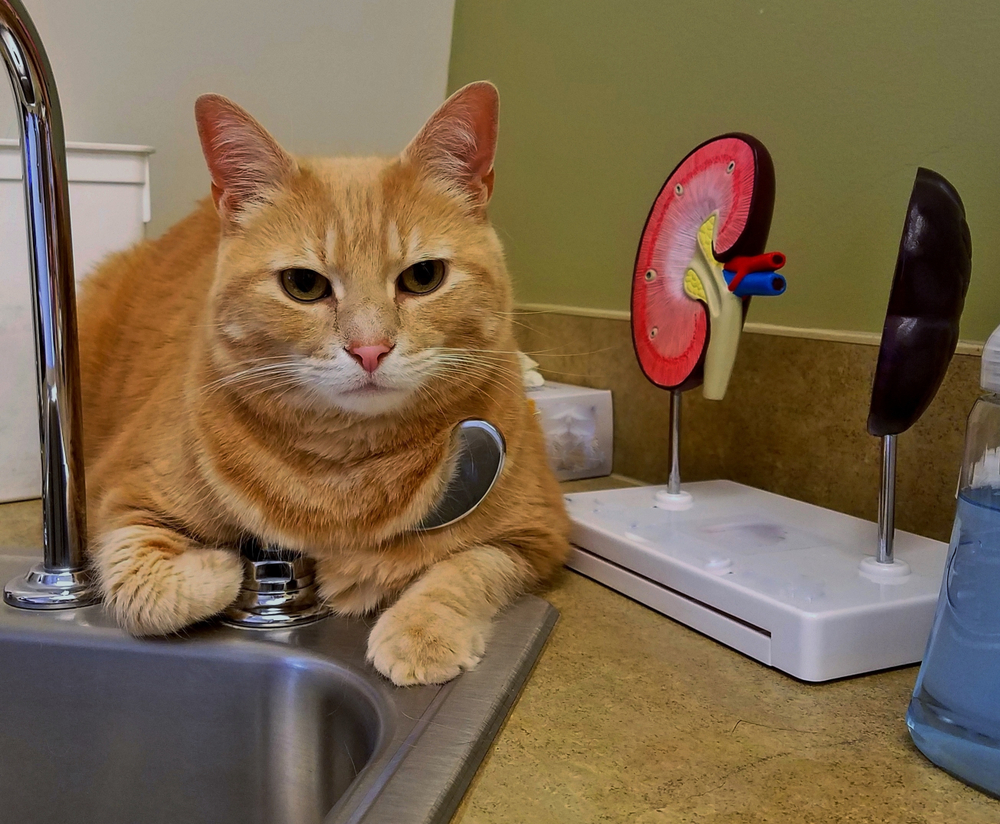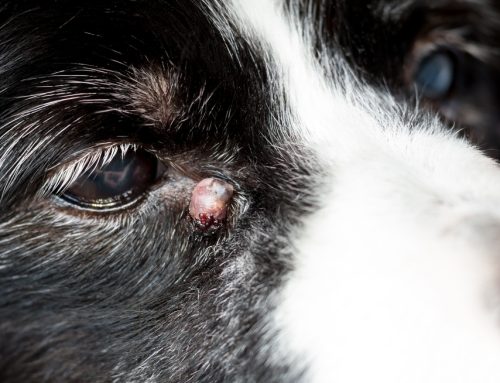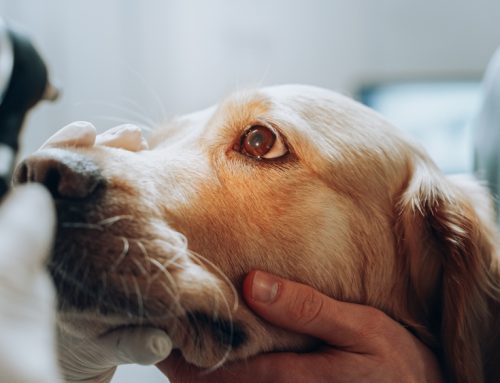Chronic kidney disease (CKD) is one of the most common disorders affecting the aging pet population and also occasionally impacts pets in earlier life stages. CKD often develops over months to years, but signs usually do not become apparent until pets lose greater than 75% of their kidney function. CKD complications can occur at any stage, sometimes before the owner knows their pet has the problem.
The Veterinary Vision Center team understands how CKD impacts pet health and, more importantly, how this common ailment can impact eye health. Many pets with CKD develop high blood pressure (i.e., hypertension), which can further damage the kidneys as well as several other major organs, including the eyes. We share the fundamentals about CKD, hypertension, and related eye concerns.
What is chronic kidney disease?
Chronic kidney disease is a slowly progressive condition that leads to reduced kidney function over time. The kidneys serve many complex functions and interact with other organs and systems to maintain homeostasis. Their main function is filtering the blood to remove waste products and unnecessary substances during urine formation, while conserving water, minerals, electrolytes, glucose, and proteins. The kidneys also have hormonal functions that contribute to blood cell production, hydration, and blood pressure regulation.
CKD disrupts normal kidney functions, leading to myriad signs and symptoms, including increased thirst and urine volume, reduced appetite, nausea and vomiting, bad breath, anemia, and weight loss. The condition most often strikes senior pets, although inherited disorders may impact younger pets. CKD treatment includes a special diet to reduce kidney workload, supplemental fluids to prevent dehydration and flush out toxins, appetite stimulants to slow down weight loss, and medications to address various complications and symptoms.
How is chronic kidney disease related to hypertension?
At least 20% of pets with CKD develop hypertension, which is likely related to changes in the levels of hormones that regulate heart and blood vessel function. CKD is graded on a one through four scale—most pets are not diagnosed until owners notice signs at home, when pets have already reached stages two or three. Hypertension can strike pets in any CKD stage, which means hypertension can be the first sign that the kidneys aren’t working effectively.
Hypertension puts extra stress on the kidneys, which can worsen CKD and speed up disease progression. Therefore, treating a pet’s hypertension is a crucial aspect of CKD care and can also help prevent damage to other “target organs,” including the brain and eyes.
How does hypertension affect eye health?
If you think back to physics class, you may recall that pressure gradients dictate how fluids move in space, which is also true inside the body. High pressure inside a blood vessel causes fluids to leak out into the surrounding spaces. The eyes are especially sensitive to this process, and pets with hypertension may develop blood or fluid leakage inside or underneath their retina, resulting in variably sized hemorrhages, swollen blood vessels, and partial or complete retinal detachment—causing blindness in many cases. Hemorrhage can also occur in the front eye chamber (i.e., hyphema) and temporarily obstruct vision.
How do veterinarians diagnose and treat CKD hypertension and related eye conditions?
Unfortunately, sudden blindness can be the first sign of CKD-related hypertension. One or both of a pet’s eyes may become extremely dilated, and the pet may bump into familiar objects or get lost inside your home. In some cases, an examination of the back of your pet’s eyes will show a damaged or detached retina, and in others, pets will appear completely normal at home or show only minor vision changes, but your veterinarian will notice retinal changes during their routine examination.
Retinal changes should prompt your veterinary team to check your pet’s blood pressure. Consistently high readings indicate hypertension and require prompt treatment to prevent further eye or other body system damage, and to reverse retinal damage and restore vision. Vision loss may be permanent in some cases. Several prescription medication classes can bring down blood pressure—your veterinary team will start your pet on one daily medication, and then make adjustments until blood pressure is back in the normal range.
Can I prevent CKD-related eye concerns in my pet?

Frequent wellness visits and routine wellness screening tests with your primary veterinarian are the most effective ways to detect CKD or hypertension in the early stages, before eye, brain, or kidney damage occurs or worsens. We recommend visiting your primary care provider at least yearly for adult pets and twice yearly for seniors.
Your pet’s eyes are not a closed system—they receive nourishment from the body, and disease in other body systems and organs can impact their health. Our Veterinary Vision Center team is skilled in diagnosing and treating eye conditions caused by chronic kidney disease, and we will work closely with your family veterinarian to achieve the best outcome. Call us to schedule an initial consultation if you are concerned about your pet, a routine check-up if they have existing kidney disease, or a preventive screening for your senior four-legged friend.







Leave A Comment